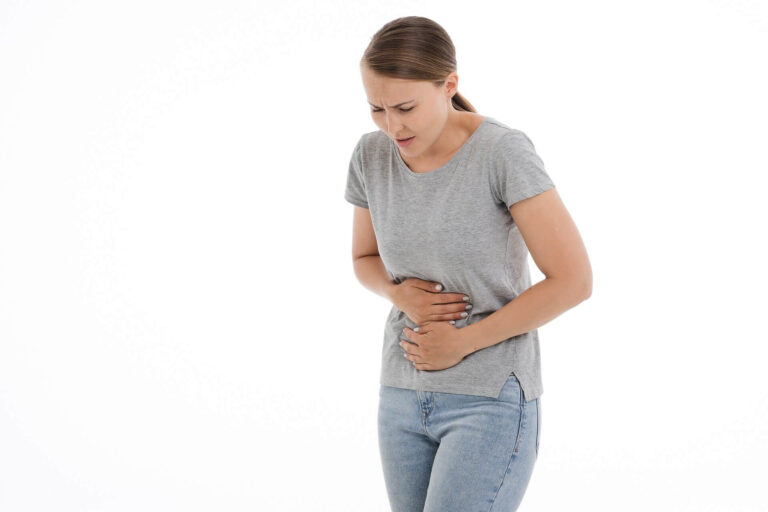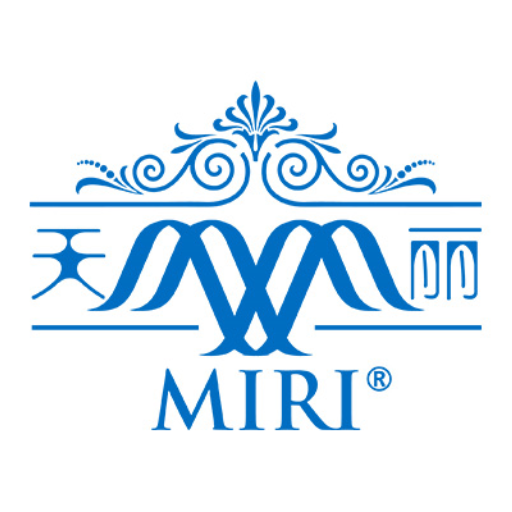Our blog offers in-depth resources on women's health and beauty, with a special focus on the most searched concerns
like natural breast enlargement,
slimming tips, and managing
menopause naturally. We cover trending
ingredients such as
pueraria mirifica, often included in
herbal supplements for hormonal balance and body shaping.
Readers will find trusted information on how to
enhance breast size naturally, how to maintain a slim and toned figure, and what beauty supplements for women really
work without harmful side effects. We also explore
safe, non-surgical methods for natural
breast enhancement, comparing pills, creams, massage techniques, and exercises.
Posts include reviews of the best natural
beauty and wellness products, alternatives to
hormone replacement therapy (HRT), and tips to improve body
confidence, energy, and skin health. You'll learn whether breast creams are effective, how phytoestrogens work, and
how to choose the right solution for your personal goals.
Whether you're exploring natural breast enlargement options, looking for menopause relief, or searching for ways to
stay slim and youthful, our blog provides comprehensive,
evidence-based content to help women take control of their health and beauty naturally.
Skip to content

Vaginal irritation Among the most distressing of the many factors in dyspareunia are the complaints of burning, itching, or aching in the vagina during or after intercourse. The existence of chronic vaginal irritation frequently robs women of their full freedom…

Intercourse Pain For years, a woman’s complaint “it hurts when I have intercourse” has been an anathema to the therapist. Even after an adequate pelvic examination, the therapist frequently cannot be sure whether the patient is complaining of definitive but…

The term dyspareunia difficult or painful coitus has always been presumed to refer to coital distress in women. The word stems from Greek, and somewhat freely translates into “badly mated.” Since no comparable word reflecting or suggesting coital distress for…

Random orgasmic inadequacy is illustrated in the history below. With but two episodes of orgasmic attainment in her life, Mrs. H provides a history of one manipulative and one coital effort to orgasmic release. Her two highlighted sexual experiences were as much of a surprise to her when they occurred as they were to her husband.

Both contributing positively or negatively to any state of sexual responsivity but having no biological demand to function in a complementary manner. With the reminder that finite analysis of male sexual capacity and physiological response also has attracted little scientific interest in the past.

For many women, one of the most frequent causes for orgasmic dysfunction, either primary or situational, is a lack of complete identification with the marital partner.

To consider situationally non-orgasmic, a woman must have experienced at least one instance of orgasmic expression, regardless of whether it was induced by self or by partner manipulation, developed during vaginal or rectal coital connection, or stimulated by the oral-genital exchange.

Although emphasis has been placed upon the role of premature ejaculation in the etiology of primary orgasmic dysfunction, primary or secondary impotence also contributes. Again the basic theme of man and woman coital interaction must be emphasized.

Probably the most frequent cause for dyspareunia originating with symptoms of burning, itching, or aching is a lack of adequate production of vaginal lubrication with sexual functioning.

One of the most obscure of pelvic pathological syndromes, yet one of the most psychosexually crippling, is traumatic laceration of the ligaments supporting the uterus. This syndrome was described clinically. Five women have been referred to the Foundation for relief…










